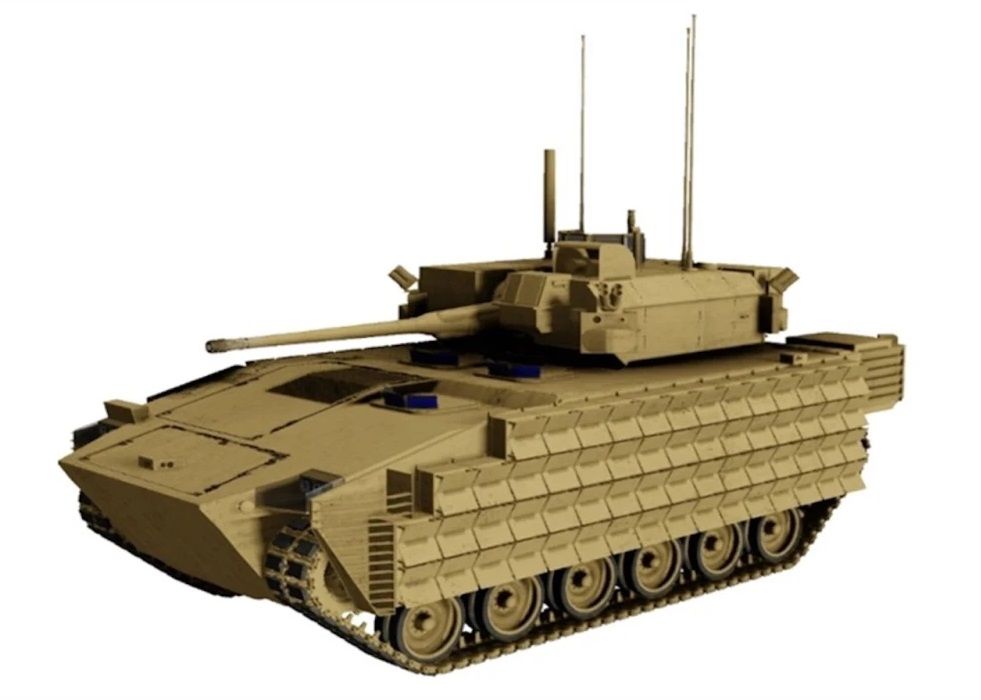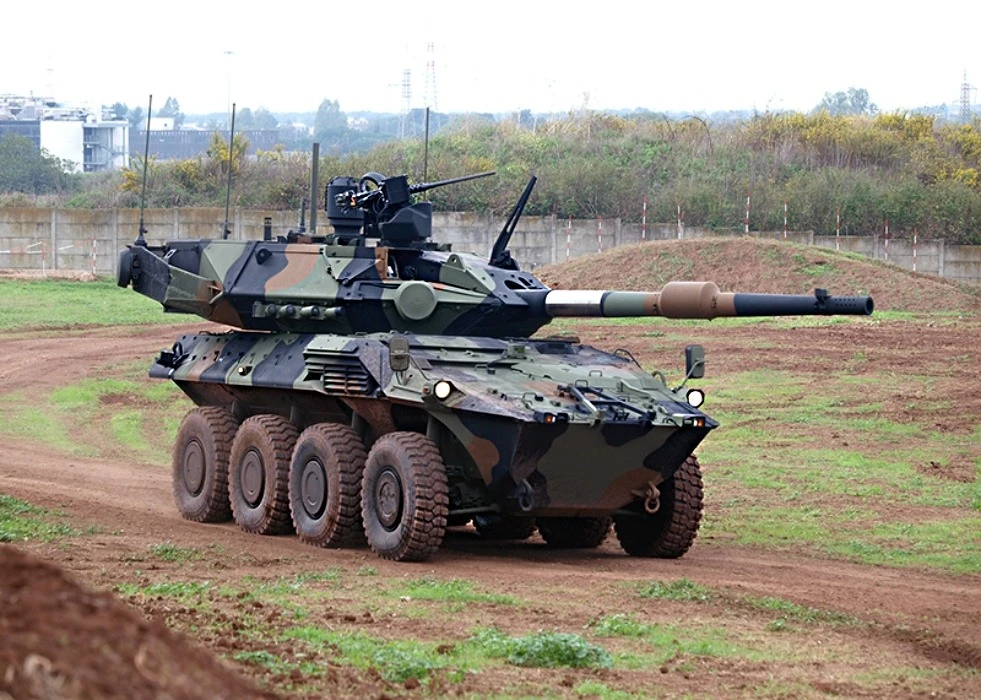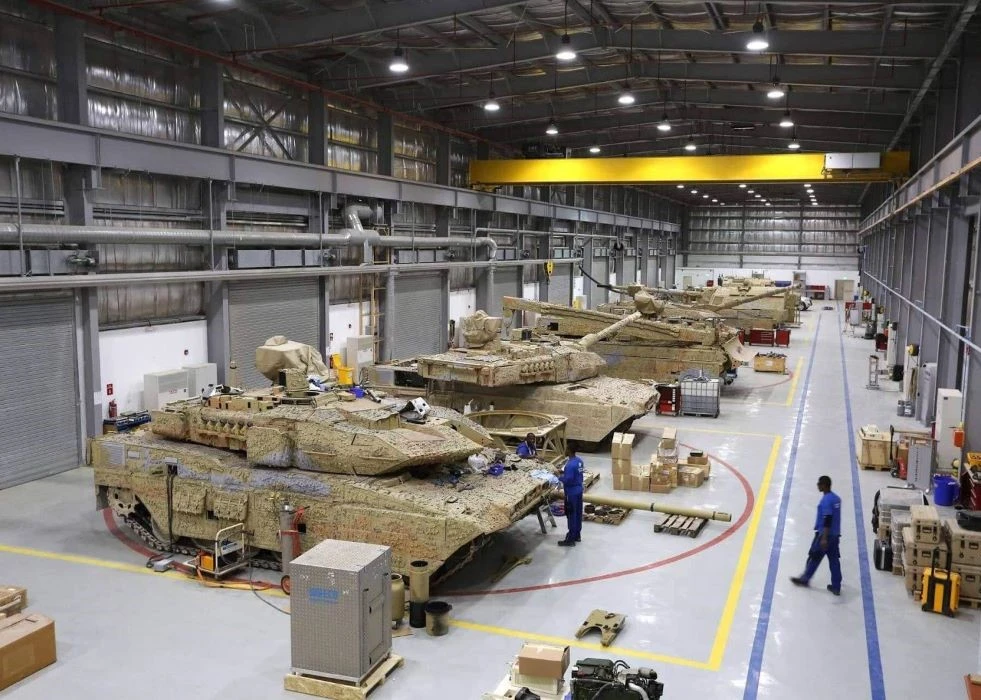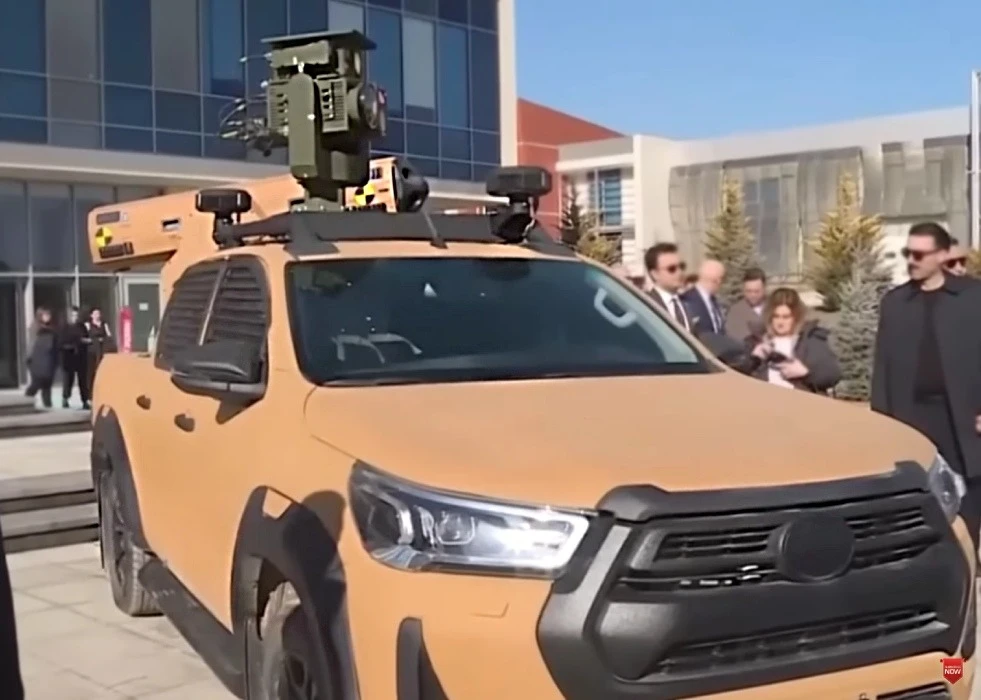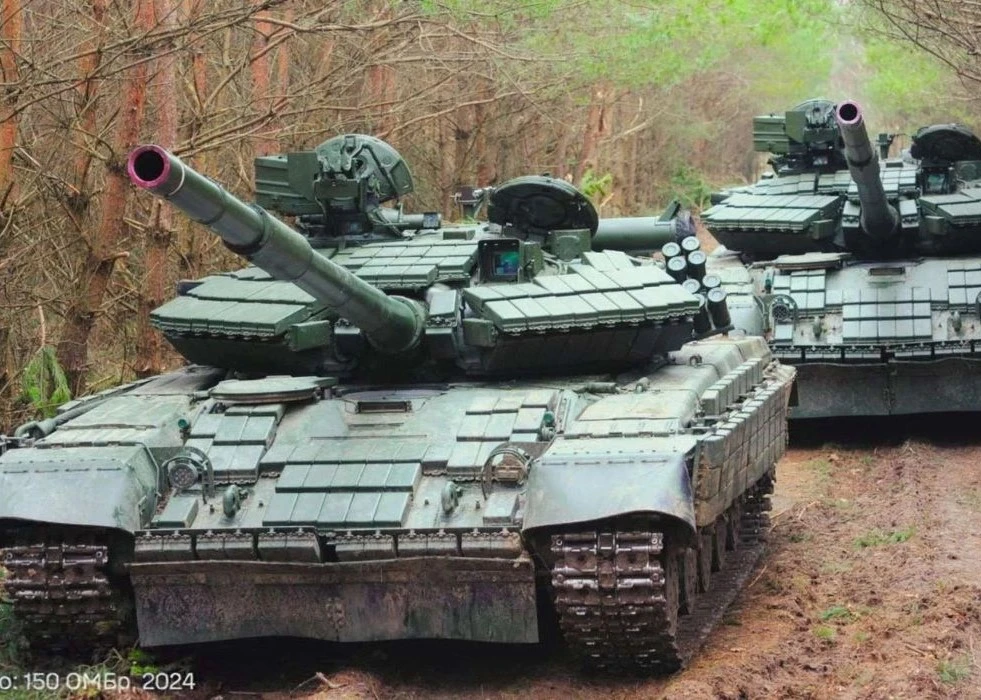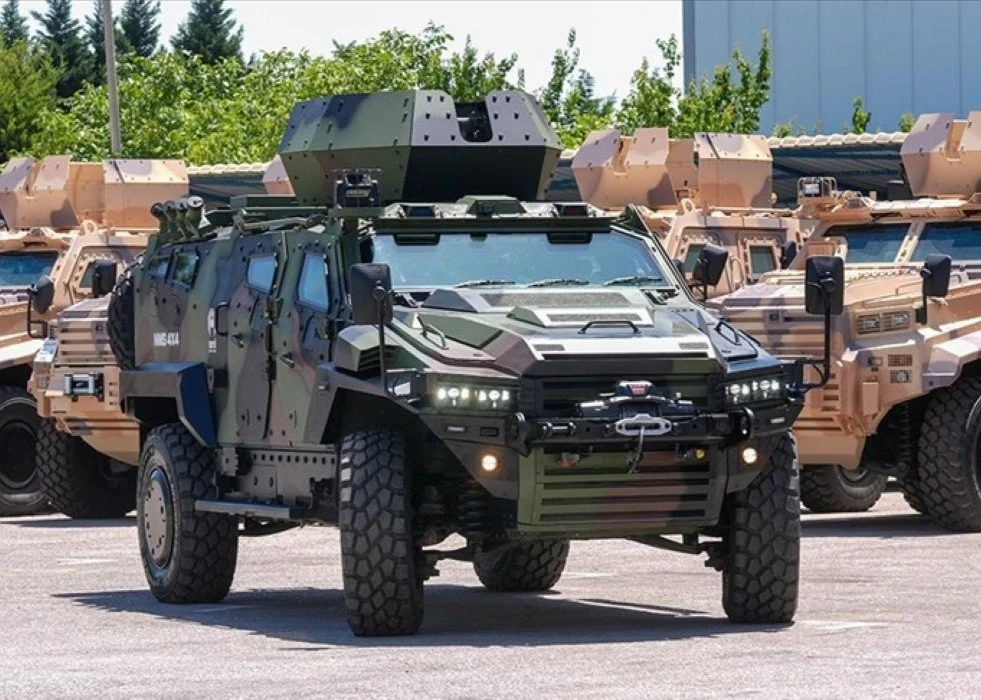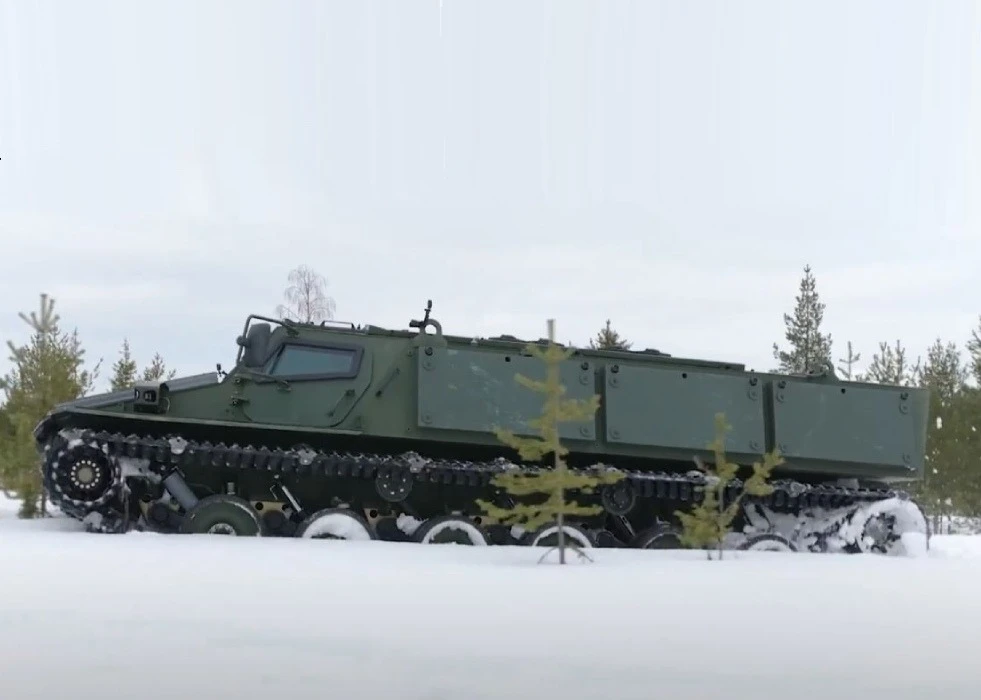The U.S. Army announced the award of two companies with contracts for the Optionally Manned Fighting Vehicle (OMFV) programme. General Dynamics Land Systems Inc. and American Rheinmetall Vehicles LLC are awarded the contracts. The total award value for both contracts is around $1.6 billion, and the winner will be entitled to be involved in the U.S. Army’s future Infantry Fighting Vehicles, which may cost $45 billion.
The U.S. Army redesigned the initial digital design phase of the OMFV program as the XM30 Mechanised Infantry Combat Vehicle. The XM30 will replace Bradley Fighting Vehicles, bringing new capabilities that will change how U.S. Forces fight in the future. The XM30 will have a modular design that will allow new, evolving technology to be incorporated into the vehicle as it evolves. The Army will conduct efforts to develop XM30 designs and validate prototype performance during test activities, including a limited user test, over the program’s subsequent two phases. The two contenders will now construct up to 11 prototypes for testing, together with two ballistic hulls and turrets, armour coupons, and digital engineering data. Following the complete design, prototype build, and testing phases, the Army plans to hold a limited competition to pick one vendor around the end of 2027, with the first unit outfitted expected in the fiscal year 2029. The two companies will refine their ideas and start building prototypes in the first quarter of 2025, with the first prototypes arriving 18 to 24 months later.
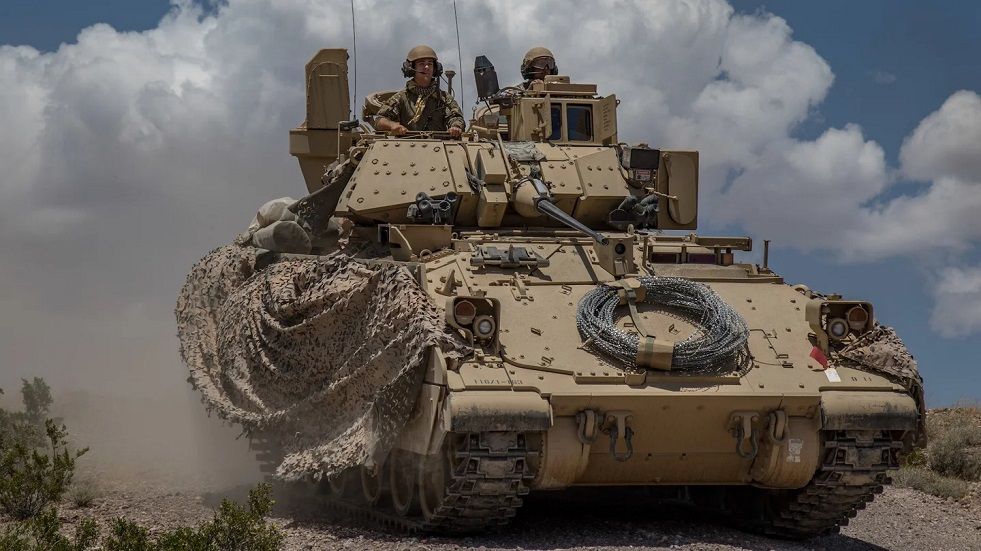
The Army will select a winner towards the end of the fiscal year 2027, and the first unit is expected to be equipped by 2029. The XM30 will be equipped with a 50mm cannon, machine guns, anti-tank missiles, and integrated active protection and signature management technologies. Integrated active protection systems employ sensors and projectiles to intercept incoming anti-tank missiles, whilst signature management capabilities use infrared, thermal, or other sensors to diminish an enemy’s ability to see a vehicle. The vehicle will be able to transport six soldiers, the same as the Bradley. The vehicle will also be constructed such that one C-17 can transport two vehicles. The plane can transport three Bradleys. While the initiative is dubbed “optionally manned fighting vehicle,” no unmanned systems are currently planned. Automation is limited to travelling from point A to point B, but as designers expand the vehicle, additional autonomous functions may be added. The XM30 will be the Army’s first armoured fighting vehicle to use a hybrid electric powertrain.


